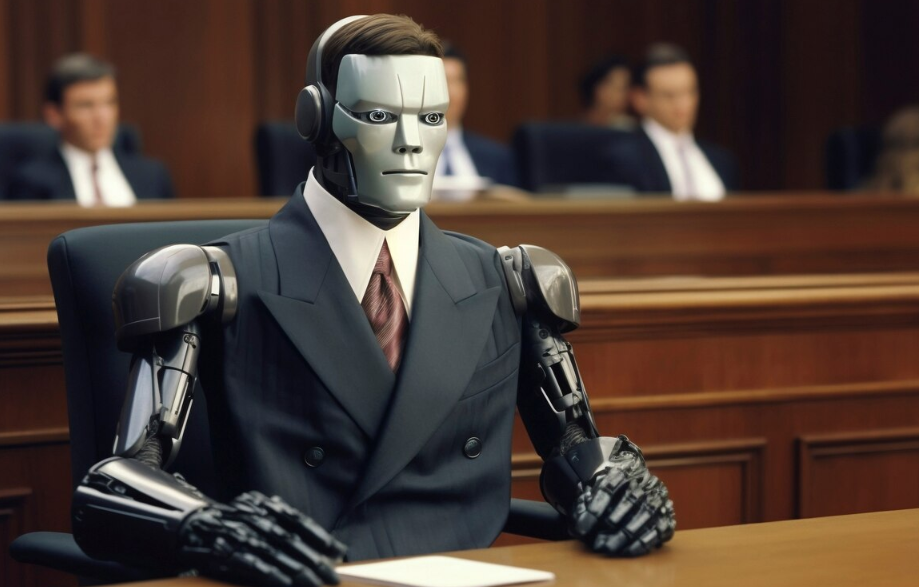For centuries, artistic expression has been a distinctly human domain—a reflection of imagination, emotion, and cultural evolution. But in recent years, artificial intelligence has begun to push the boundaries of art, not just by mimicking human styles, but by inventing entirely new ones. Welcome to the world of AI-generated art that breaks free from tradition and paints in styles you’ve never seen before.
Beyond Imitation: The Next Step in AI Creativity
Early art-generating AIs were largely imitative. Trained on datasets of classical and modern artworks, they learned to reproduce the brushstrokes of Van Gogh, the cubism of Picasso, or the surrealism of Dali. Impressive, yes—but not truly original.
The new wave of AI art generators moves beyond imitation. Powered by generative adversarial networks (GANs), transformers, and multimodal learning, these systems synthesize aesthetics, emotions, and abstraction in ways that are novel and unbound by historical influence.
Think of it as giving an alien imagination a paintbrush—and asking it to dream.
How It Works: Inventing New Styles from Data Chaos
These next-gen AI models are often trained not only on paintings but also on photographs, sounds, language, 3D models, even scientific data. By connecting vastly different domains, AI can generate visual expressions that no human artist has conceived.
Key Technologies Involved:
- GANs (Generative Adversarial Networks): A system where one AI creates while another judges. The interplay forces innovation beyond replication.
- CLIP (Contrastive Language–Image Pre-training): Lets the AI associate abstract language with visuals, enabling the generation of surreal or conceptual images.
- Latent Diffusion Models: Work in compressed visual spaces to produce art with highly nuanced texture and structure.
What Does AI-Original Art Look Like?
Some AI-generated pieces resemble mathematical dreams—recursive shapes, impossible geometries, and textures that feel organic yet alien. Others evoke emotions in visual languages that lack direct comparison.
You might see:
- Architectural fractals mixed with watercolor logic
- Emotion-based color systems that shift dynamically with viewer feedback
- Symbolic compositions derived from linguistic patterns or quantum data
These styles are not rooted in any art movement—they are the start of entirely new visual dialects.
Where It’s Being Used
🎨 Digital Galleries
AI-original art is being exhibited in online and physical galleries, prompting debate about authorship and intention.
🧠 Mental Health & Therapy
Some therapists use these images as tools for introspection. The abstract yet emotionally charged visuals can help clients project thoughts or feelings they can’t articulate.
🎮 Game and World Design
Developers use AI styles to create non-human visual cultures in games and simulations, offering worlds that look unlike anything designed by humans.
🖼️ Personalized Aesthetics
Imagine owning a painting that no one else on Earth could ever replicate—because it was generated based on your dreams, biometric data, or personality traits. That’s becoming reality.
Is It Really “Art”?
Critics argue that without intent or consciousness, AI cannot create art. But others suggest that creativity is not limited to biology—if a system can surprise, move, or inspire, does it matter whether it has a soul?
In this new era, perhaps the definition of art is expanding—not replacing human expression, but adding another voice to the chorus of creativity.
The Future: Co-Creation and Alien Aesthetics
Rather than replacing artists, many envision a future of human-AI collaboration. Artists could steer the creative direction while AI explores unknown aesthetic dimensions, uncovering forms that challenge our perception of beauty and meaning.
We may even see the birth of entire art styles not yet named, whose origins lie in the neural patterns of machines dreaming in color.


